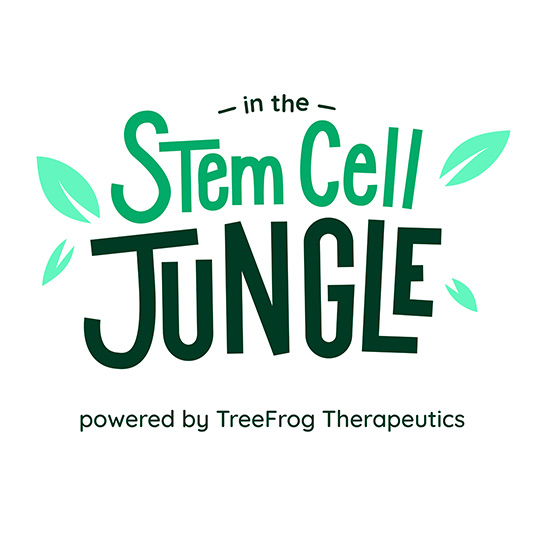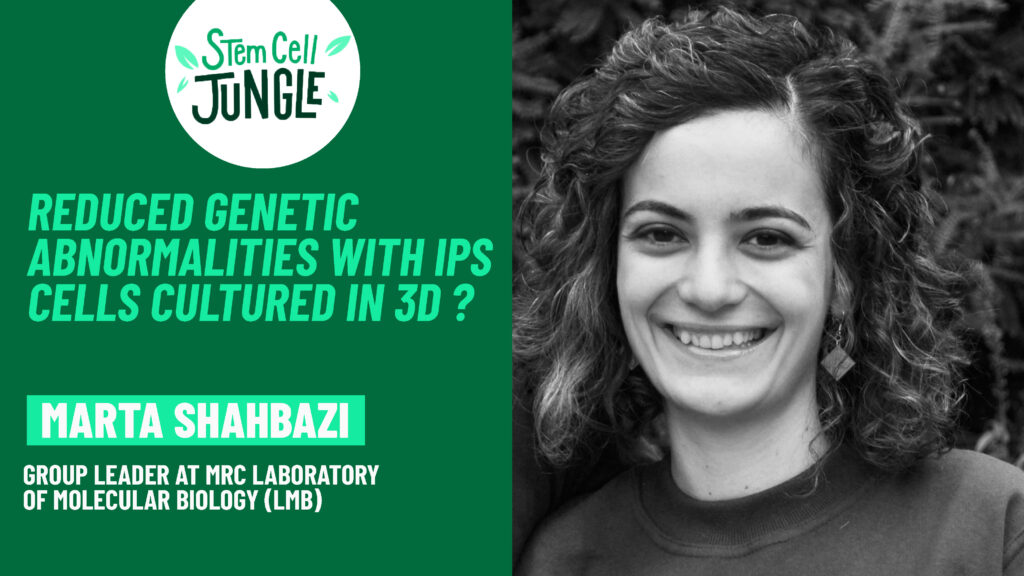Developmental biologist Marta Shahbazi, group leader at the MRC Laboratory of Molecular Biology in Cambridge, UK, explains how the 3D organization of cells positively impacts cell division, reducing mitotic errors and genomic alterations.
Transcript:
And I guess the other thing we should not forget is that when we are culturing pluripotent stem cells we are forcing cell renewal, which is not a property of pluripotent cells in the embryo. They don’t self renew ! They just, they are continously progressing, they don’t stop, right ? And we are freezing them at a particular stage. So the fact that they are proliferating and proliferating at this particular point may induce more genomic alterations, some errors during division of course. And of course if you have changes in the DNA this is going to be amplified in terms of cell to cell heterogeneity And maybe in this context I will mention a beautiful study by the lab of Angelika Amon, but it was done in adult tissues, where they showed that when you are working with ephitelial stem cells, if you culture them in 2D The incidence of chromosomal alterations and mitotic errors increases massively. Whereras if you culture them in 3D and maintain that tissue structure, genomic abnormalities just don’t happen. There are many many less errors in mitosis when you maintain that 3D structure. And I think this is a really a nice exemple of how the organization of the cells and how cells are organized in space affects so many aspects of their behavior, in this case : division.


